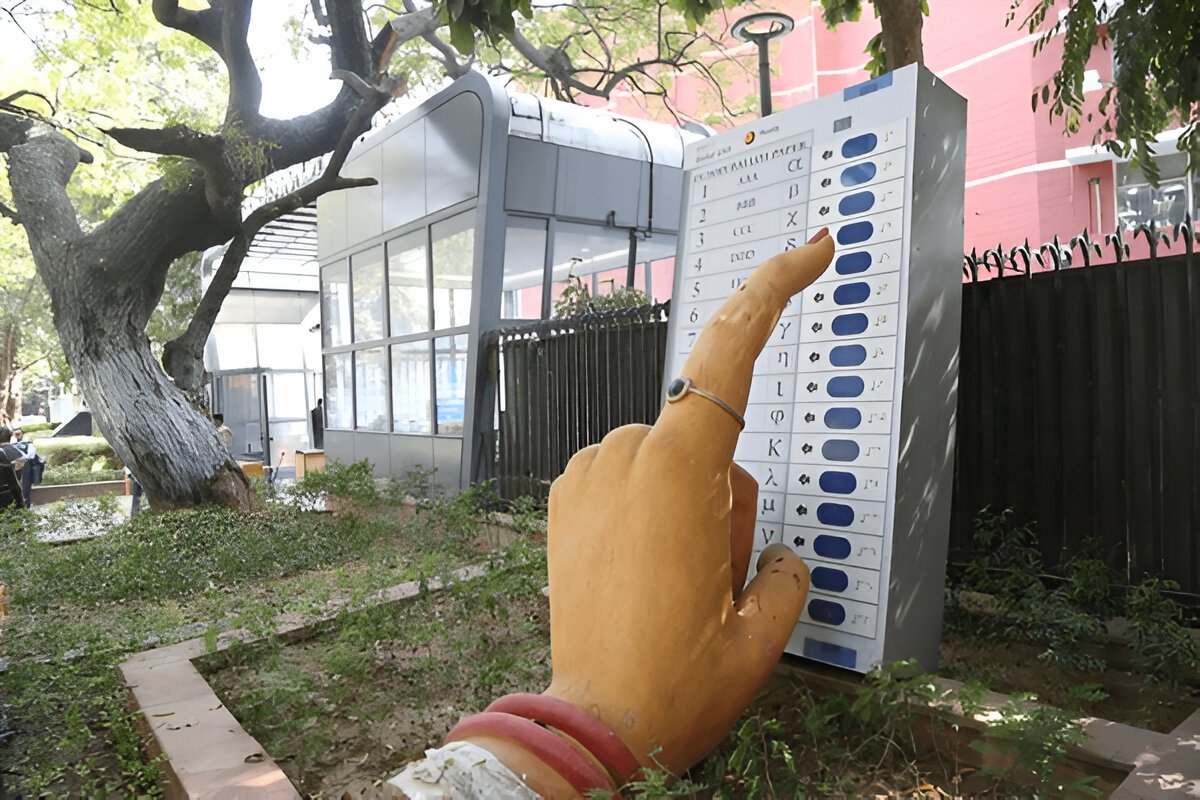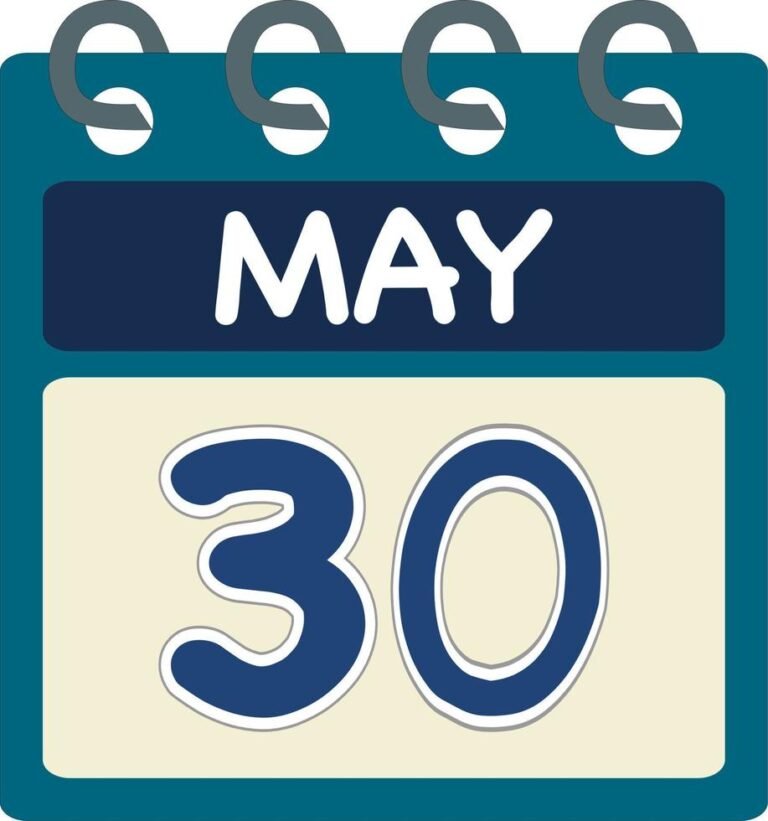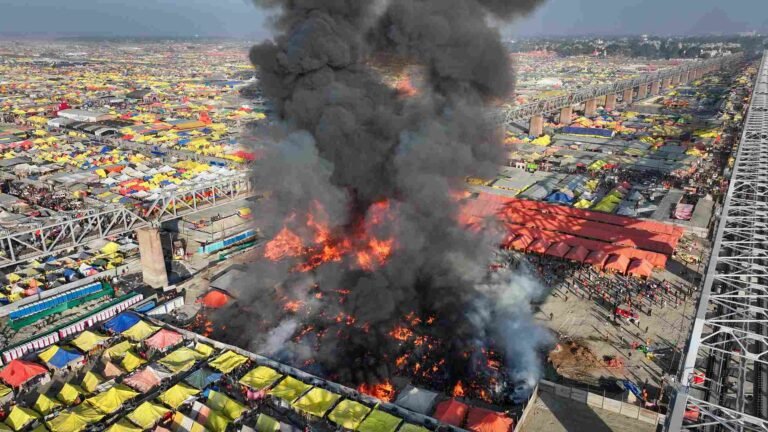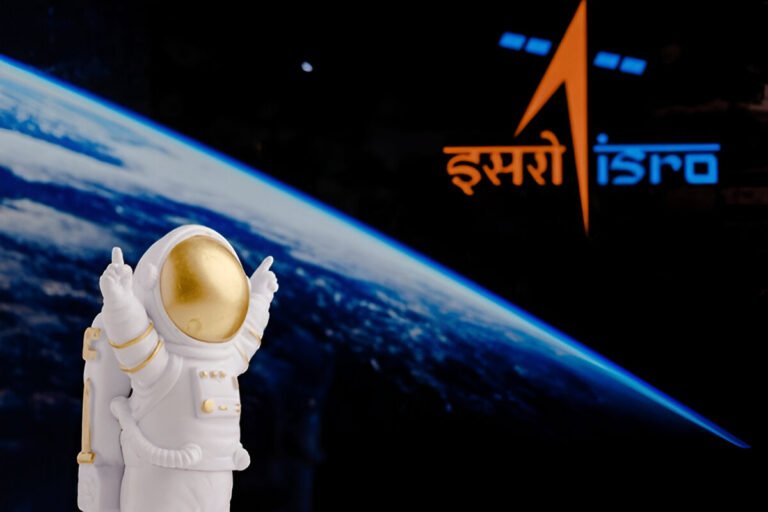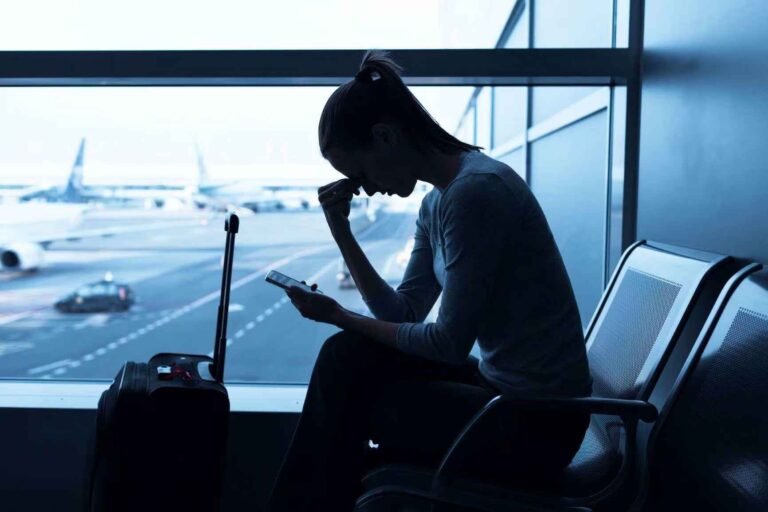Delhi Elections 2025: Voter Demographics and Their Potential Impact
The 2025 Delhi Legislative Assembly Delhi Elections 2025 date is scheduled for February 5, 2025, with results to be announced on February 8.
As political parties finalize their campaigns, understanding the city’s voter demographics becomes crucial in predicting potential outcomes.
Voter Demographics In Delhi
According to the Chief Electoral Officer of Delhi, the total number of registered voters has risen to 15,524,858, comprising 8,349,645 male voters, 7,173,952 female voters, and 1,261 third-gender voters.
This increase reflects a growing and diverse electorate.
The Assembly Constituency (AC) with the largest electorate is Vikas Puri (AC-31), boasting 462,184 voters, while Delhi Cantt (AC-38) has the smallest electorate with 78,893 voters.
Potential Impact On Election Outcomes
The heterogeneous voter base in Delhi commands political parties to customize their strategies to fight for the varied needs of different groups. Urban citizens may care more for upgrades in infrastructure and pollution control, while the younger group may concentrate more on jobs and education.
The enlarged voter base may be seen as a rise in political involvement and therefore may engender unstable changes in voting patterns. Political parties that mobilize new voters effectively and address their peculiar interests are set to carry an edge in an election.
Model Code of Conduct
With the election date approaching, the Model Code of Conduct has been enforced to ensure free and fair elections. This code provides guidelines for political parties on conduct, meetings, processions, and manifestos.
Adhering to these guidelines is vital for maintaining election integrity and focusing on addressing Delhi’s diverse electorate.
The 2025 Delhi elections will be heavily influenced by evolving voter demographics. Political parties that recognize and respond to this diversity while following the Delhi Elections 2025 code of conduct are likely to resonate with voters.
Let’s deep dive into these five issues.
DALIT VOTES
For over a decade, Delhi’s jhuggi residents have backed AAP due to free power and water. However, BJP has gained ground by promising pucca houses and continuing these benefits. The 20% Dalit vote, crucial for AAP, may split, benefiting BJP. While BJP claims slum conditions remain unchanged. AAP’s internal assessment, however, is that the poor still back the party and they will take the party somewhere beyond 50 seats.
MUSLIM VOTES
The 13% Muslim vote plays a key role in at least 9 seats in Delhi. For over a decade, Muslims have largely supported AAP, contributing to its big victories. BJP had hoped that a strong Congress campaign would split the vote, especially since Rahul Gandhi is seen as a leader by many Muslims nationwide. However, Congress’s lackluster campaign and regional parties like SP backing AAP make a split unlikely. Many Muslims see voting for Congress in Delhi as counterproductive, further strengthening AAP’s position. Without a divided Muslim vote, AAP holds a clear advantage in these elections.
MIDDLE-CLASS VOTERS
The middle class, making up 40% of Delhi’s voters, has traditionally split between AAP and BJP, but this time, feedback suggests a shift toward BJP. Key issues like failing infrastructure, air pollution, poor roads, and garbage management have fueled dissatisfaction with AAP.
BJP’s outreach to RWAs, market associations, and traders has strengthened its appeal. Many in the middle class feel AAP has focused only on the poor, neglecting their concerns. The 8th Pay Commission and the income tax relief for those earning up to ₹12.75 lakh have further boosted BJP’s prospects.
This shift is making key AAP strongholds like New Delhi (Arvind Kejriwal) and Kalkaji (Atishi) competitive, giving BJP a clear edge in the middle-class vote.
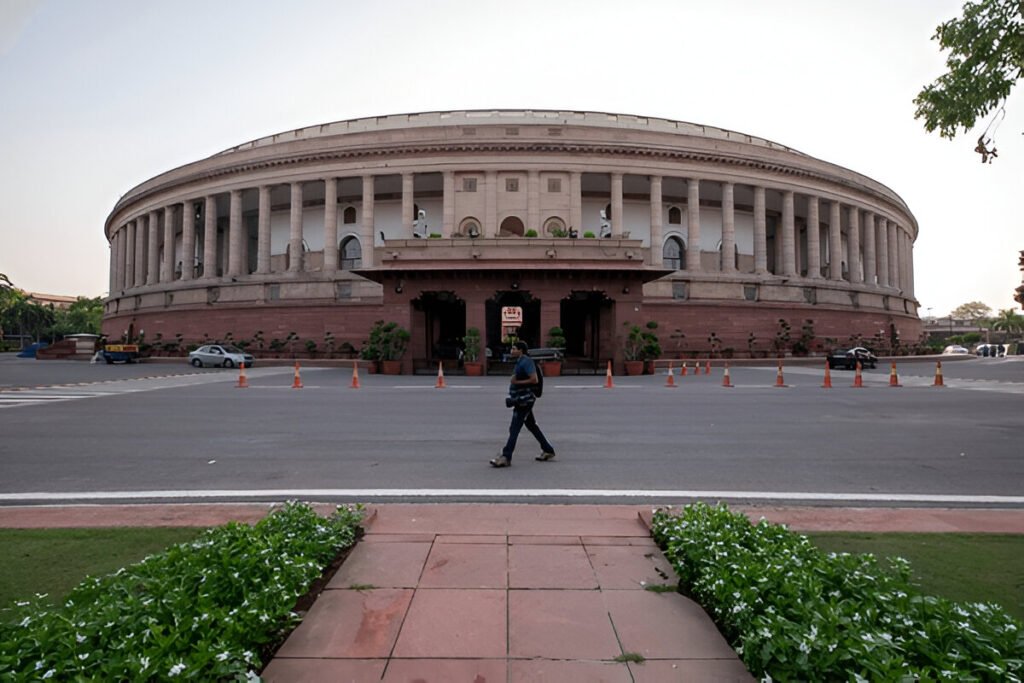
FREEBIES
A major battleground in the Delhi Elections 2025 is the freebies war. In 2020, BJP’s criticism of AAP’s free power and water backfired, leading to a shift in BJP’s approach. This time, BJP assures voters that it will not discontinue free schemes if it wins.
To counter AAP’s ₹2,100/month scheme for women, BJP promises ₹2,500/month and seeks to split AAP’s core jhuggi voters while attracting women voters. BJP is also emphasizing its success in Haryana and Maharashtra while questioning AAP’s failures in Punjab.
Kejriwal is actively campaigning, reminding voters of the ₹25,000/month savings due to AAP’s freebies, with the potential to save ₹35,000/month if AAP returns. He warns that BJP would end these benefits if elected.
With all promises, Delhi could face a ₹22,000-crore subsidy bill annually, nearly 30% of its budget. For many voters, the focus remains on which party offers the most benefits, making freebies a decisive factor in this election.
CM FACE
In the Delhi Elections 2025, leadership plays a crucial role, giving AAP an advantage with Arvind Kejriwal as its clear CM face. Kejriwal has confirmed that he will replace Atishi as CM if AAP wins.
On the other hand, BJP lacks a clear CM candidate, but PM Modi has made a strong pitch for a “double-engine government”, promising smoother governance and faster development.
While Kejriwal enjoys public sympathy, his image has been affected by corruption scandals and the Sheeshmahal controversy. Despite this, AAP’s core voters dismiss these issues, believing he was unjustly jailed.
Final Words
The BJP is fighting a constituency-to-constituency battle, sensing anti-incumbency against Kejriwal. With both parties having strong leadership appeals, it seems like a two-horse race, with a closely contested outcome. Leadership remains a decisive factor in this Delhi Elections 2025 .

